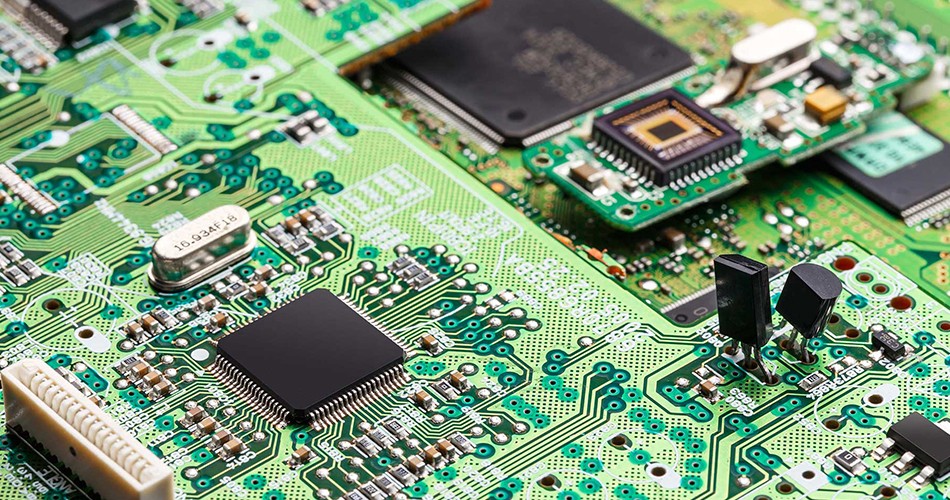- English
- Español
- Português
- русский
- Français
- 日本語
- Deutsch
- tiếng Việt
- Italiano
- Nederlands
- ภาษาไทย
- Polski
- 한국어
- Svenska
- magyar
- Malay
- বাংলা ভাষার
- Dansk
- Suomi
- हिन्दी
- Pilipino
- Türkçe
- Gaeilge
- العربية
- Indonesia
- Norsk
- تمل
- český
- ελληνικά
- український
- Javanese
- فارسی
- தமிழ்
- తెలుగు
- नेपाली
- Burmese
- български
- ລາວ
- Latine
- Қазақша
- Euskal
- Azərbaycan
- Slovenský jazyk
- Македонски
- Lietuvos
- Eesti Keel
- Română
- Slovenski
- मराठी
- Srpski језик
Environmental protection measures in PCBA processing
2024-10-30
In modern manufacturing, environmental protection has become an important issue that cannot be ignored. PCBA processing (Printed Circuit Board Assembly) involves a variety of chemicals and processes, which have potential impacts on the environment. Therefore, the implementation of environmental protection measures not only helps to protect the ecological environment, but also enhances the social responsibility image and market competitiveness of enterprises. This article will explore the environmental protection measures commonly used in PCBA processing.

1. Use environmentally friendly materials
1.1 Choose lead-free solder
Traditional soldering materials contain lead, which is harmful to the environment and human health. In recent years, with the gradual tightening of environmental protection regulations, more and more lead-free solders are used in PCBA processing. These lead-free solders not only meet environmental protection requirements, but also can replace traditional lead-tin solders in performance.
1.2 Use green PCB boards
Choosing environmentally friendly PCB boards is also an important measure to reduce environmental pollution. For example, PCB boards made of halogen-free, low volatile organic compounds (VOC) and degradable materials can reduce the release of harmful substances and reduce pollution to the environment.
2. Optimize production process
2.1 Low-energy equipment
In the PCBA processing process, the use of low-energy equipment can effectively reduce energy consumption and carbon emissions. For example, choosing energy-saving reflow ovens and wave soldering machines can not only improve production efficiency, but also reduce electricity consumption and greenhouse gas emissions.
2.2 Pollution-free cleaning process
Traditional PCBA cleaning processes often use fluorinated solvents, which are destructive to the ozone layer. The use of pollution-free cleaning processes, such as water-based cleaning or solvent-free cleaning, can reduce harm to the environment. At the same time, these cleaning processes can also improve the safety and reliability of products.
3. Waste management
3.1 Wastewater treatment
The wastewater generated during the PCBA processing contains a variety of harmful substances, such as heavy metals, acid and alkali waste liquids, etc. Establishing a complete wastewater treatment system and treating wastewater through physical, chemical and biological methods can remove harmful substances and ensure that the discharged wastewater meets environmental protection standards.
3.2 Solid Waste Recycling
Solid waste generated during PCBA processing, including waste PCB boards, waste solder and waste components, can be recycled and treated in a classified manner to reduce environmental pollution. Establishing a complete recycling system and sending recyclable waste to professional recycling agencies for treatment can not only save resources but also reduce treatment costs.
4. Compliance with environmental regulations
4.1 Compliance with RoHS Directive
The EU's Restriction of Hazardous Substances Directive (RoHS) is an important regulation that restricts the use of hazardous substances in electrical and electronic equipment. PCBA processing companies need to ensure that their products comply with the requirements of the RoHS Directive, reduce the use of hazardous substances such as lead, mercury, and cadmium, and protect the environment and human health.
4.2 Compliance with REACH Regulations
REACH regulations are EU regulations on the registration, evaluation, authorization and restriction of chemicals. PCBA processing companies need to ensure that the chemicals used comply with the requirements of REACH regulations, provide necessary safety data and usage guidelines, and ensure that chemical management in the production process meets environmental standards.
5. Environmental awareness and training
5.1 Employee training
Improving employees' environmental awareness and skills is an important part of implementing environmental protection measures. Through regular environmental training, employees' understanding of environmental policies, regulations and technologies can be enhanced, so that they can consciously abide by environmental protection regulations during the production process and reduce environmental pollution.
5.2 Environmental protection culture construction
Promote environmental protection culture within the enterprise, encourage employees to actively participate in environmental protection activities through publicity and incentives, and form a good atmosphere of full participation and joint promotion. This will not only improve the environmental performance of the enterprise, but also enhance employees' sense of belonging and responsibility.
Conclusion
In PCBA processing, the implementation of environmental protection measures is not only a reflection of corporate social responsibility, but also an effective means to enhance market competitiveness. By using environmentally friendly materials, optimizing production processes, strengthening waste management, complying with environmental laws and regulations, and improving employees' environmental awareness, PCBA processing companies can effectively reduce environmental pollution and achieve sustainable development. In the future, with the continuous advancement of environmental protection technology and the continuous improvement of environmental awareness, environmental protection measures in PCBA processing will be more perfect, and enterprises will also usher in a greener and better development prospect.
-
Delivery Service






-
Payment Options









